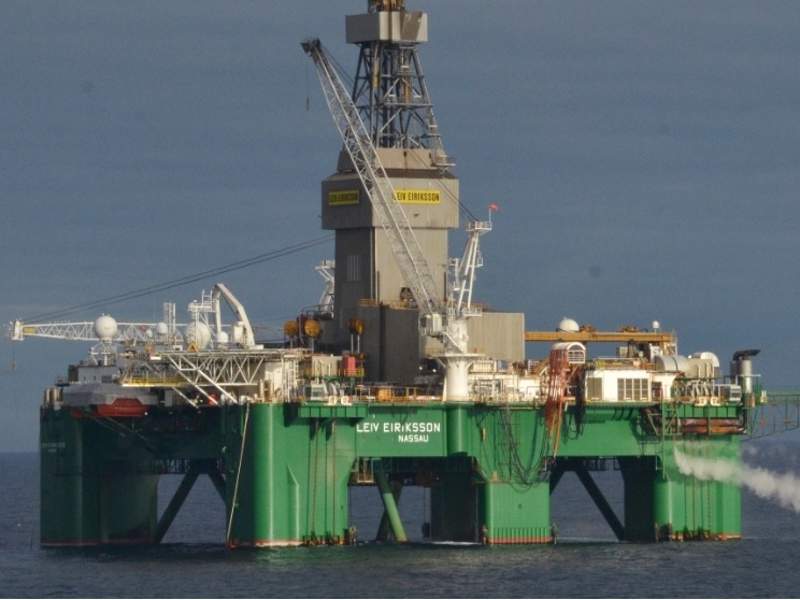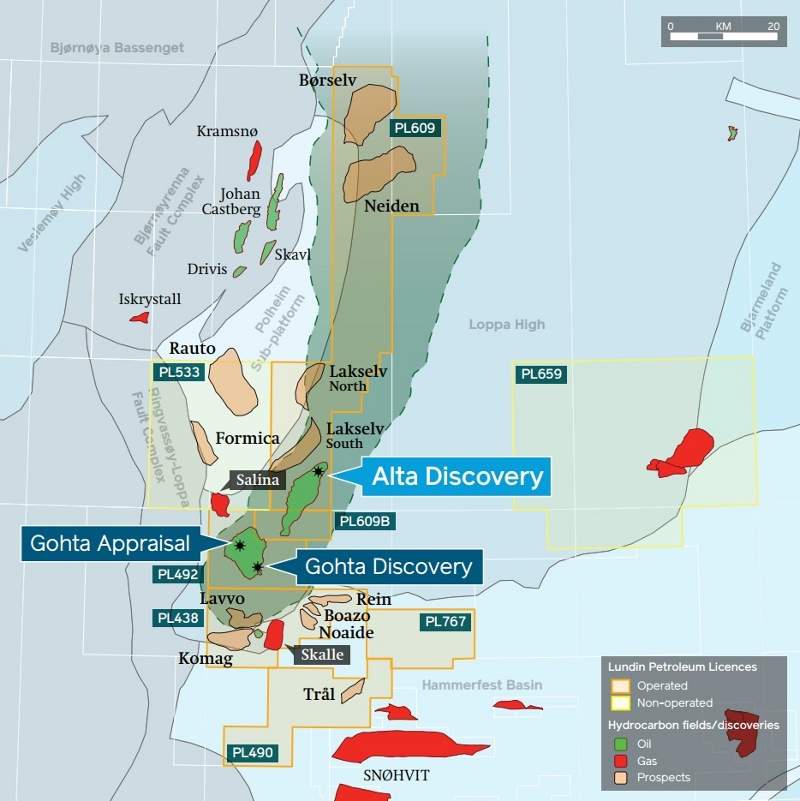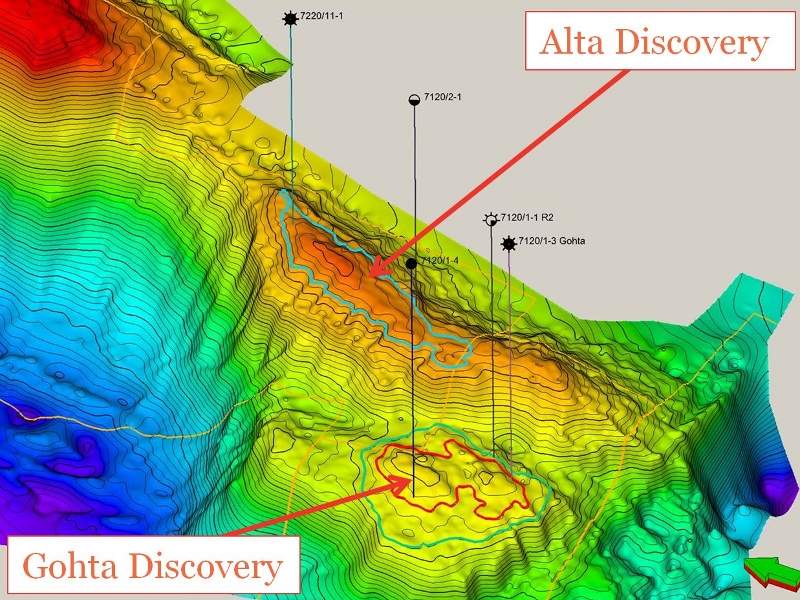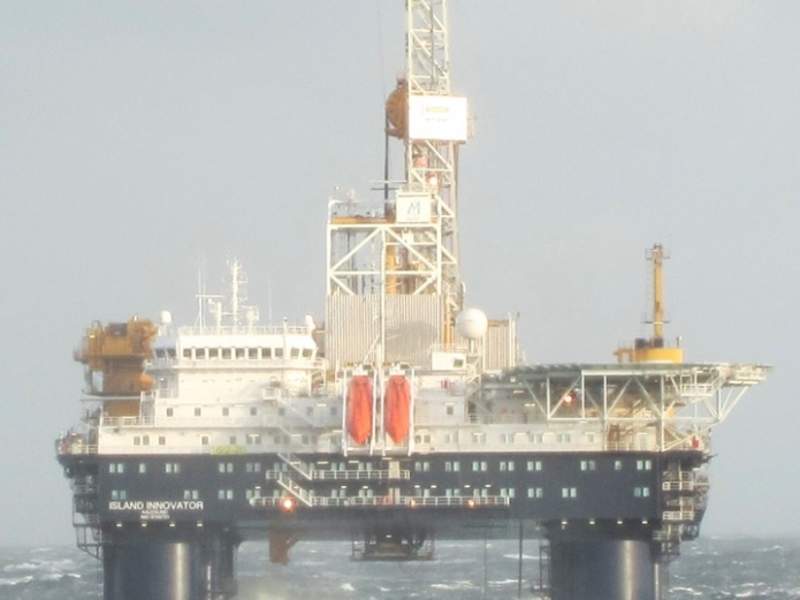
Gohta oil and gas discovery is located in production licence PL492 of the Barents Sea, Norway, at a water depth of 342m.
The site is operated by Lundin Petroleum subsidiary Lundin Norway, and lies approximately 35km north of the Snøhvit field.
The field is jointly owned by Lundin (40%), Det norske oljeselskap (40%) and Norwegian Energy Company (20%).
Lundin plans to develop Gohta along with the Alta discovery, which is located 20km to the north-east. The company is currently performing appraisal activities at both sites.
Gohta prospect discovery
Gohta was discovered via the drilling of the 7120/1-3 wildcat well by the Transocean Arctic semi-submersible drilling rig in September 2013.
The well was drilled to target the Triassic sandstone (Snadd formation) and Permian carbonate (Røye formation) reservoirs. The Middle Triassic reservoir rocks (Kobbe formation) were the secondary target.
The well was drilled to a vertical depth of 2,515m, and encountered a 75m oil column and a 25m gas / condensate cap in the Permian carbonate reservoir. The Triassic reservoir quality was as expected, albeit filled with water.
Oil-water contact occurred at a depth of 2,365m below mean sea level.
Discovery of Gohta confirmed the presence of recoverable oil and gas in the Permian sandstones in the Norwegian part of the Barents Sea for the first time.
A drill stem test (DST) was conducted to establish the flow properties of the prospect. The test achieved a maximum production rate of 683 standard cubic metres (Sm³) of oil and 22,2300Sm³ of associated gas a day.
The gas to oil ratio in the well was 190Sm³/Sm³.
Gohta field geology and reserves
Gohta is part of the Loppa High area of the Barents Sea, which is a proven hydrocarbon zone with a number of gas and oil fields such as the Goliath field.
The reservoir is a four-way dip closure containing porous Permian sandstones of the Tempelfjorden Group.
The field is estimated to contain reserves between 111 and 232 million barrels of oil equivalent.
Appraisal drilling on Gohta
Gohta is being appraised through the drilling of two appraisal wells.
Well 7120/1-4 S was drilled in July 2014 approximately 5.3km north-west of the discovery well, using the Island Innovator drilling rig.
The primary purpose of drilling the appraisal well was to test the extent of the Permian sandstones reservoir and establish the oil-water and gas-oil contacts in the western part of the prospect. The well was drilled to a vertical depth of 2,520m and encountered 10m of upper Permian sandstones.
Two DSTs were performed at the well, with the 10m conglomerate producing at the rate of 700,000Sm³ of gas a day.
Drilling of the second appraisal well named 7120/1-5 commenced in March 2017. The Leiv Eiriksson semi-submersible rig is drilling the well with an aim to delineate the north-eastern part of the prospect.
The well will also establish a calibration point for drilling of a horizontal well, in order to perform an extended well test currently scheduled for next year.
Gohta field development details
Lundin is planning to develop the Gohta field along with the Alta discovery.
The operator is currently appraising the two fields and carrying out pre-development activities. The field development concept will be finalised upon completion of the appraisal.
The preliminary field development concept for the Gohta / Alta fields includes a standalone floating production, storage and offloading (FPSO) unit along with subsea installations.
Contractors involved
Aker Solutions was awarded a contract to carry out studies for the Gohta / Alta FPSO in April 2016.






